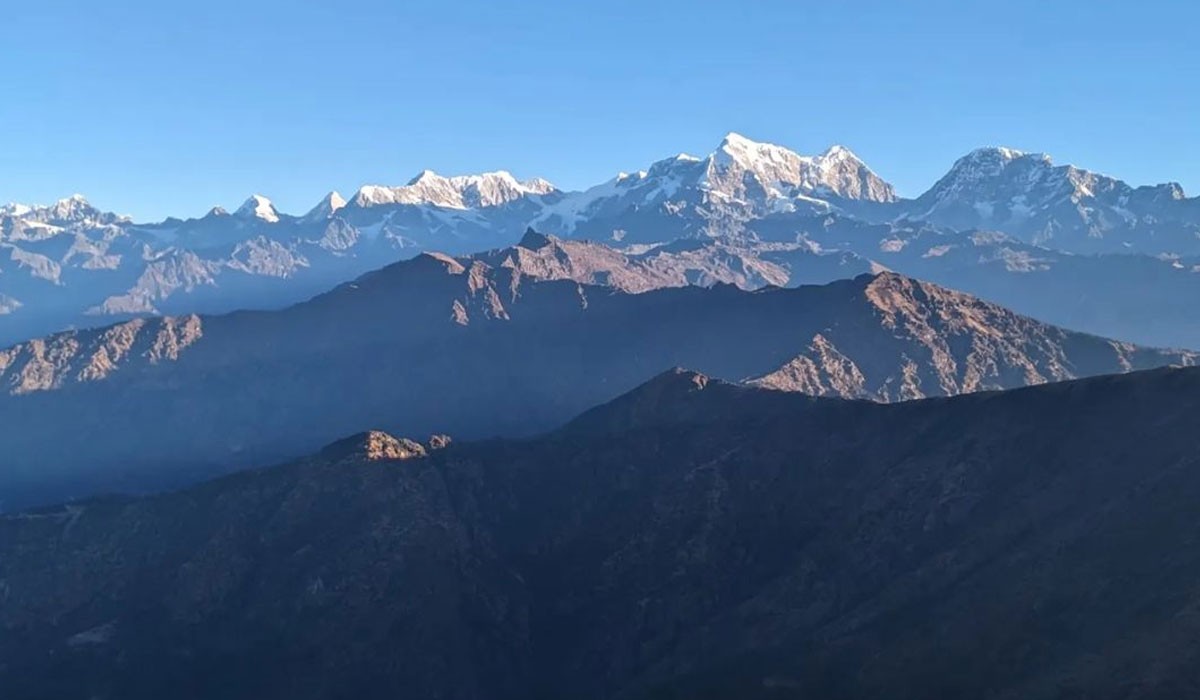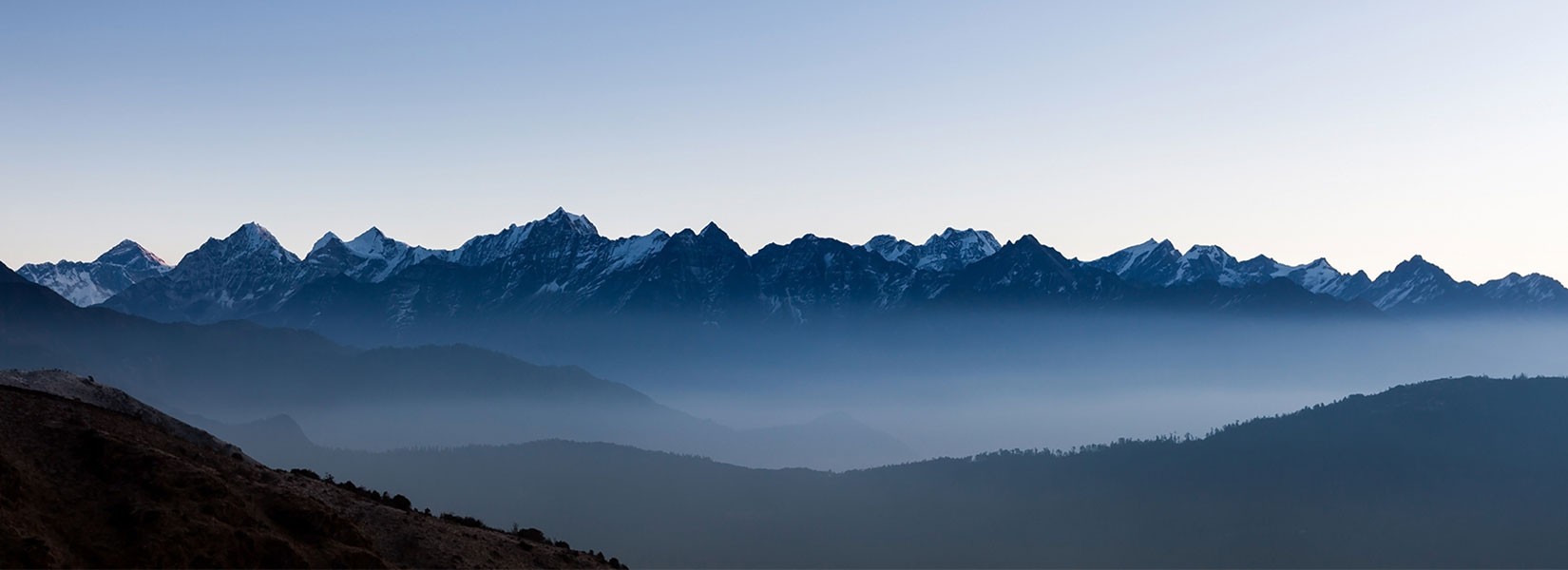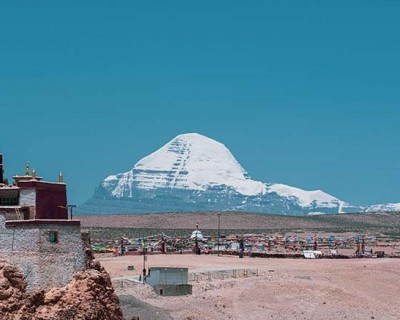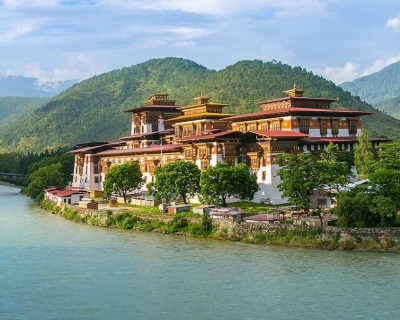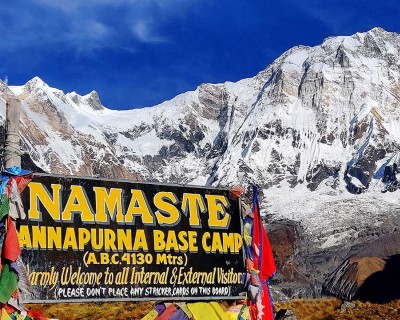Best Seasons for Pikey Peak Trek
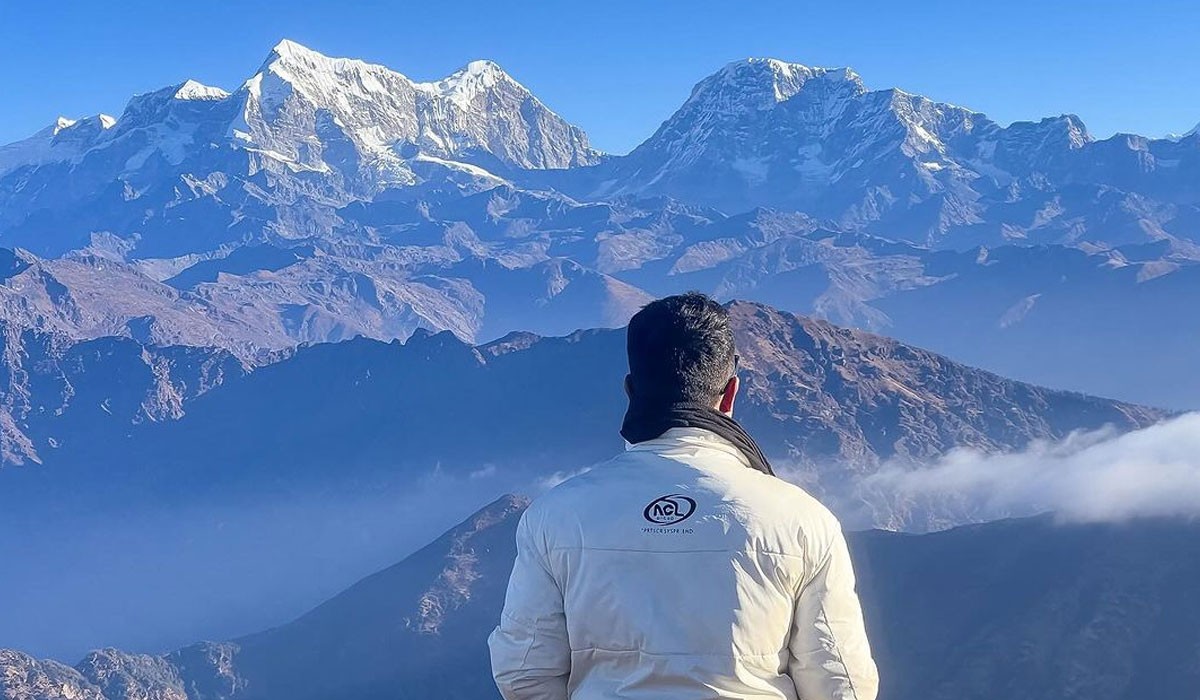
Spring and autumn are two most the most appropriate and perfect time for Pikey Peak Trek. Both of these seasons are also considered the peak season in Nepal and have many inflows of tourists for trek and mountain expeditions. Naturally, as both of these seasons are the peak point of their nature, the incredible experience is guaranteed along with life-long memories under pleasant circumstances.
Although both spring and autumn are in the high-season category, the trekking experience is different depending on the period of your visit. Let’s check out what you can expect during your Himalayan odyssey during both of these peak seasons.
Spring (March, April, and May)
Spring, nature’s highest point, the names suggest, brings out the brim of every life form on earth. Thus, during your trek in this season, you will get the opportunity to traverse across the enchanting landscapes covered with lushness and bright colorful flowers. The dotted rhododendron forest and its sweet aroma cover the lower trekking region, which makes your trek even more exhilarating.
Similarly, during nature’s grandeur point accompanied by stable and clear weather, the views of the sparkling peaks in the Himalayas become a surreal experience. The Himalayan vistas above the bright and colorful landscape make the journey even more exhilarating. Similarly, it is also the best period throughout the year to explore the beautiful diversity of the Sagarmatha National Park.
If you are a nature lover, then this is the best time for Pikey Peak Trek. You will be able to admire the diverse beauty of the country, from the flat lands, terraced fields, and lush hills to verdant forests to wide meadows.
Temperature of Pikey Peak Region in Spring: Averages around 10°C to 20°C
Highlights of Pikey Peak Trek in Spring Season
- High time to explore the peak natural beauty of the diverse Himalayan country
- Breathtaking landscapes covered with lush greenery and colorful flowers
- Clear and stable weather to enjoy the epic views of peaks in eastern Himalayas
- Lively trail and opportunity to witness the endangered flora and fauna of the Sagarmatha National Park
- Easy accessibility and well-maintained route
- Varied trekking options depending on the experience level
- Incredible celebrations like Maha Shivaratri, Holi, Chaitra Dashain, Bisekt Jatra, Buddha Jayanti, and Nepali New Year
Autumn (Septemeber, October, and November)
Like how the spring season is popular for its lush landscapes, the trekking in the autumn season is also notable for its fall foliage. This another perfect time for Pikey Peak Trek marks the point in the nature cycle where the lushness is taken over by the shades of grey, yellow, green, and crimson. The unique fall landscape that tells the story of a different point of nature is a unique experience that helps you understand the diverse beauty of the Himalayas.
This fall season also has the most stable climatic conditions, so the walking trails are generally dry and comfortable. Similarly, thanks to the stable climatic conditions, the views of the Himalayan vistas are also magical, and you can relish their radiating magnificence from any point on the trail.
Besides those, the autumn season is also renowned for its phenomenal cultural prospects as this season houses some of the biggest festivals in the country. All the major celebrations like Dashain, Tihar, Teej, Chhath, Mani Rimdu, Sita Bibaha, etc are celebrated in this season.
Temperature of Pikey Peak Region in Autumn: Averages around 9°C to 17°C
Highlights of Pikey Peak Trek in Autumn Season
- Trekking under the most stable climatic conditions
- Clear and crisp views of the Himalayan peaks
- Ideal temperatures for outdoor walking accompanied by fresh morning and evening breezes
- Remarkable landscape of the fall season, decorated with diverse shades of grey, yellow, and crimson
- The harvest season of the country and the magical landscape of the ripe crops
- Sense of calm and serenity
- Dry and comfortable trekking trails
- Celebration of some of the biggest festivals in the country like Dashain, Tihar, Teej, Chhath, Mani Rimdu, Sita Bibaha
Pikey Peak Trek During Off Seasons
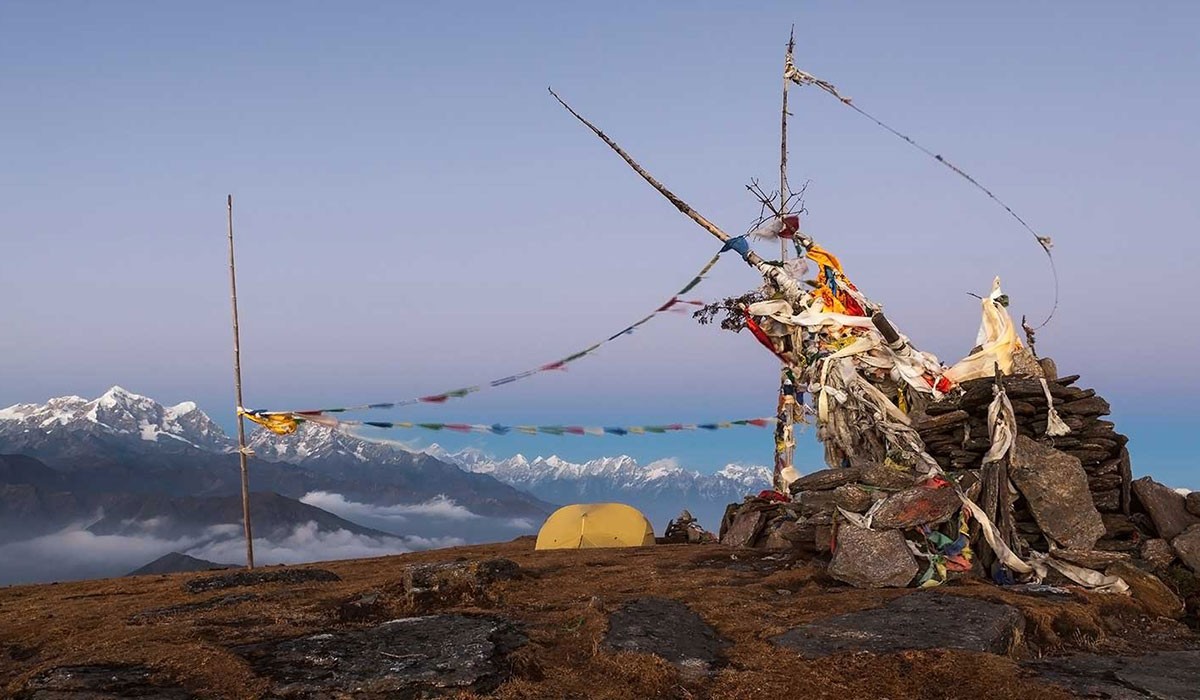
Pikey Peak Trek is a relatively easy and short trekking adventure in Nepal. This lower Everest region trekking destination is accessible via road and doesn’t take you to significant altitudes, the highest point being the summit of Pikey Peak (4,065 meters). So, unlike other altitudes challenging adventures, off seasons can also be the best time for Pikey Peak Trek if you prepare right.
Monsoon and winter are considered the low-season or off-season periods for trekking in Nepal due to the unfavorable climatic conditions. Although the experience can be unique and outstanding during these points of the year, you will need to prepare right in every way to ensure your comfort level.
Monsoon (June, July, and August)
Monsoon, among all other seasons, is considered a challenging period for outdoor adventures due to its unstable climatic conditions. This season received a continuous downpour, sometimes which can last for days. So, the trekking trails are slipper during this season, and it can also be challenging for the vehicle to reach the Dhap Village to start this lower Everest region exploration.
Besides that, the risk of landslides and flooding is another aspect that makes the adventures in this really challenging. However, even trekking in this season can be a physically demanding and challenging endeavor; the fresh atmosphere, cloudy landscapes, and emerald landscapes nourished by the rain show a different side of the mountains.
If you don’t have any previous trekking experience, trekking in the monsoon can be quite challenging. You will need to be careful with your footing, wear the right layer and footwear, and carry waterproof gear to explore the beauty of the Himalayas in a tranquil atmosphere.
Temperature of Pikey Peak Region in Monsoon: Averages around 15°C to 25°C
Highlights of Pikey Peak Trek in Monsoon Season
- Less crowd that ensures a tranquil experience
- Lush landscapes and hues of emerald thanks to the nourishment of monsoon rain
- High tide rivers and waterfalls showcasing their prominent side
- Fresh and cool atmosphere after rainfall
- Cloudy landscape, especially in hilly regions where it seems like the land is touching the sky
- Thrilling water sports prospects
- Fascinating celebrations like Nag Panchami, Gai Jatra
Winter (December, January, and February)
Winter is another period in the year that is considered an off-season for high-altitude treks in Nepal. Due to extreme climatic conditions at higher altitudes, it is hard to trek in this period without the right gear and layers to keep you warm. As the trails near the alpine zones and above are also covered in snow, you will need to put in extra physical effort to traverse across the demanding trail.
As Pikey Peak Trek is a low-altitude Himalayan adventure, even majority part of the route is not covered with snow, the trails at the higher region are blocked due to heavy snowfall. The extreme coldness and the requirement for an extensive acclimatization period due to the cold climate are other challenging aspects of high-altitude treks in Nepal.
However, winter is also the high period to catch the radiating magnficne of the Himalayan region during its pinnacle point. Winter season turns the Himalayas into a winter wonder; the entire high-altitude regions are covered by snow, and the views of the pristine peak in their peak are simply magical.
Temperature of Pikey Peak Region in Winter: Averages around 5°C to 15°C (can drop to -5°C to -17°C)
Highlights of Pikey Peak Trek in Winter Season
- Opportunity to experience the pinnacle point of the Himalayan region
- Snow-adorned landscapes and peaks
- A journey in true solitude away from the crowd and embracing the true Himalayan wilderness
- Opportunity to witness the unique wildlife of the Himalayas
- Sense of accomplishment after overcoming the harshest climatic conditions of the Himalayas
- Unique and fascinating festivals like Maghe Sankranti and Saraswati Puja
So, What is the Best Time for Pikey Peak Trek for Me?
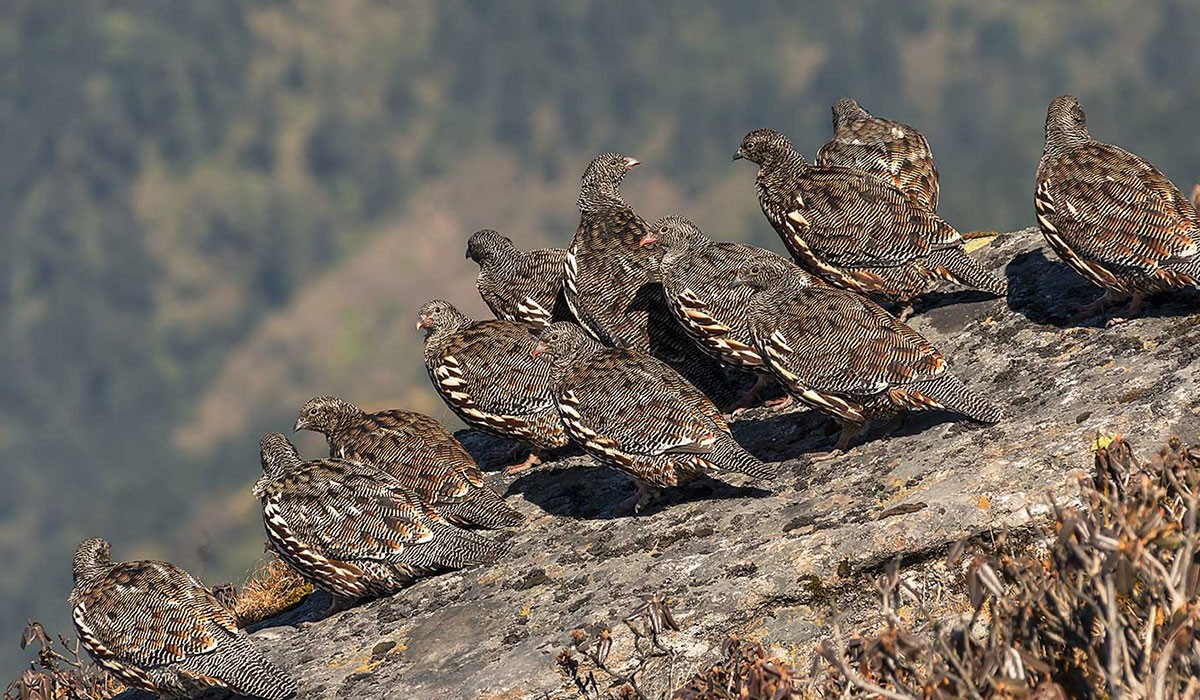
The best time for Pikey Peak Trek will depend on what kind of experience you are seeking for. If you are looking for a pleasant experience without the need to deal with unfavorable climatic conditions, you should definitely go for the peak seasons: autumn and spring. Trekking in these seasons will guarantee a remarkable experience in this lower Everest region exploration.
However, if you are looking for a diverse experience and peaceful exploration away from the crowd of the peak seasons, you can opt out for monsoon. Remember, even if the trail conditions are challenging and the continuous downpour can disrupt your overall itinerary plans to some extent, monsoon is the core part of the summer season.
You will be accommodated with warm temperatures even at the alpine altitudes. The morning and evening after the rainfall are also fresh and refreshing. As for the winter season, it is freezing cold near the alpine zones and above. So, you will have to deal with extremely cold weather and snow-covered trails during your trek. If you are new to the high altitude treks, you should do Pikey Peak Trek under pleasant climatic conditions.
How Difficult is Pikey Peak Trek?
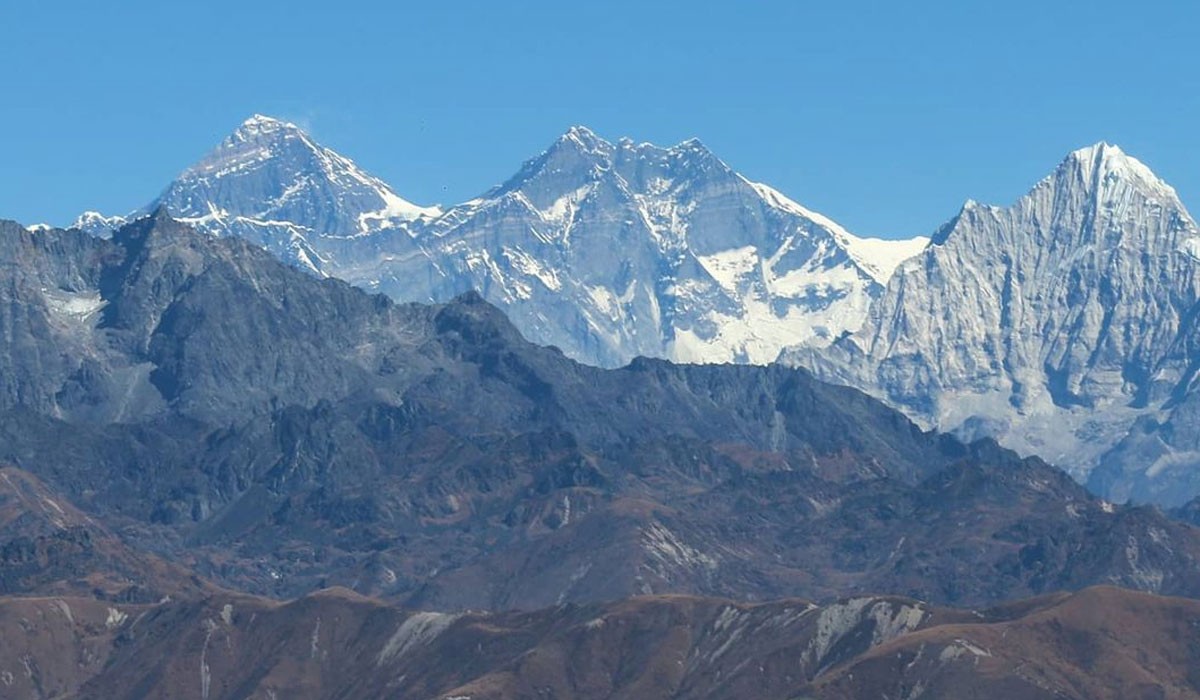
Although the preferred can affect the overall difficulty level of this trek, in general, the Pikey Peak Trek is one of the easier trekking prospects in the Nepali Himalayas. This exciting lower Everest region exploration isn’t weeks long and doesn’t take you to significant altitudes. This Himalaya odyssey is perfect for those who are looking for a mild and immersive journey without the need to push physical capabilities to their extent.
This is also a perfect introductory trekking adventure for the beginner to familiarize themselves with the Himalayan region. Even if this trekking adventure is on the relatively easier side, you have to make notes about a few challenging aspects of this trip. Acute Mountain Sickness (AMS), which can be a significant threat in high altitude journeys, is also a potential risk of this lower altitude exploration.
You will start your trek from the Dhap Bazaar (2,932 meters) and reach the maximum point of the journey at Pikey Peak Summit (4,065 meters). The overall altitude gain in this trek is about just 1,133 meters (3,717 feet), which isn’t that significant. But if you don’t follow proper acclimatization procedures, there are still potential risks of altitude sickness.
Similarly, during this lower Everest region exploration, the trekking distance is overall 50 km to 60 km (about 31 to 37 miles). If you are not used to long hours of walking (in this trek, you will walk about 5 to 6 hours on average per day), it can be exhausting to traverse across diverse terrains of the Himalayas.
Gain Insights On:
Efficient Preparation for Pikey Peak Trek
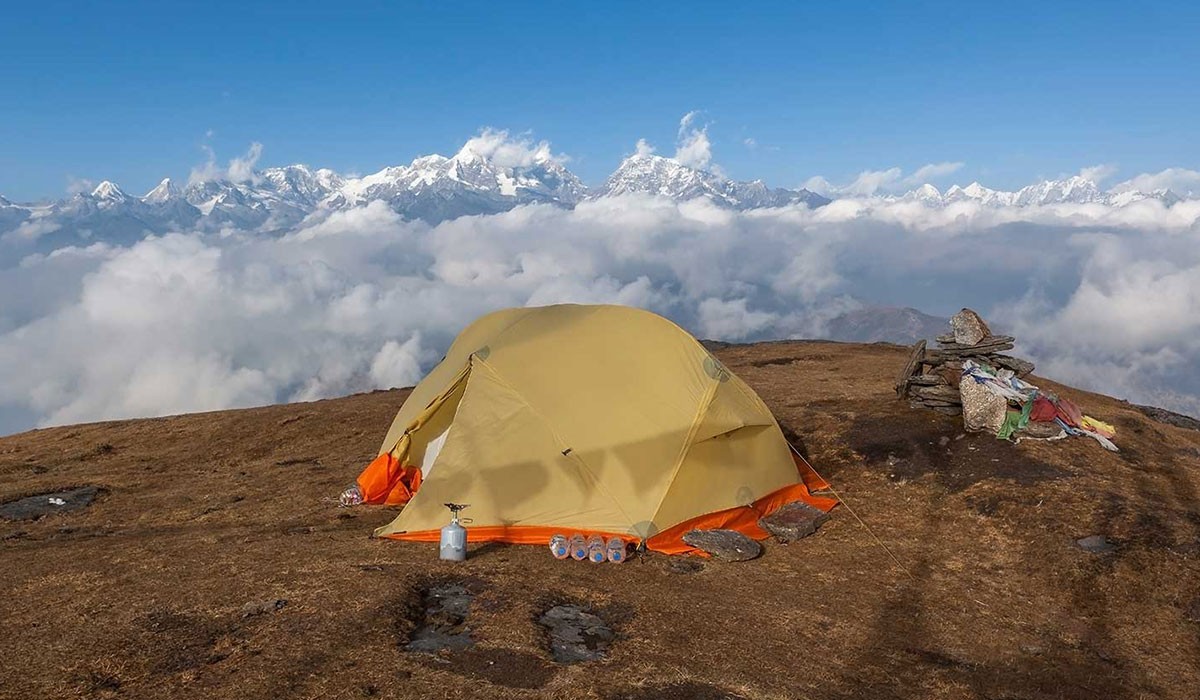
After learning the best time for Pikey Peak Trek, it is also important to understand how to prepare efficiently for the trek so you can maximize your experience. Although Pikey Peak Trek is considered a relatively easy and short trekking adventure in the eastern Himalayas, it will be wise not to underestimate the challenges of this mountain journey. You will need a good level of strength and endurance level to easily move along the gradually inclining route.
If you have not done Himalayan treks before, you need to emphasize your leg muscles as you will traverse across a lot of steep sections during your trek. Stair climbing, practice hikes, deadlifts, lunges, step-ups, box jumps, etc, are the exercises that you can include in your training. Similarly, it is also important to work on your stamina level; working on cardiovascular exercises will also improve your body’s oxygen-handling capabilities.
This way, you will be able to acclimatize more effectively at the higher altitudes. Swimming, cycling, rope jumping, jogging, and high knees are some cardiovascular/stamina exercises that you can put in your training to extend your stamina reserve.
Note: The most general recommended preparation period for the Himalayan treks in Nepal is about 3 to 6 weeks. However, you can adjust the period considering your fitness level and how physically active you are.
What to Pack for Pikey Peak Trek?
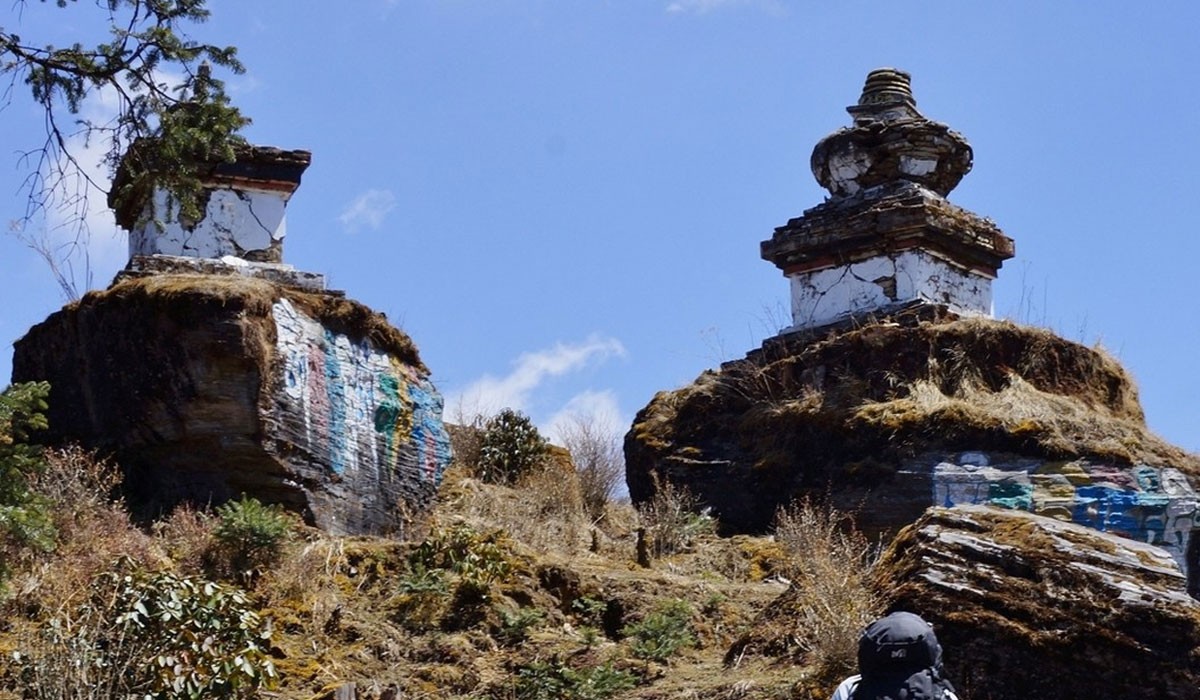
The packing list for this exciting lower Everest region exploration depends on your perfect time for Pikey Peak Trek. Depending on the season of your preference, you will have to properly organize your packing list to ensure a comfortable experience.
If you are planning your trek during the high seasons, spring and autumn, you will get by with light and comfortable layers for the lower altitudes. Similarly, for high altitudes, a mild level of warm layer and a down jacket will be sufficient. You will also need to bring helpful gear and sufficient personal hygiene products to make the journey pleasant.
As for the off-season, you will need to pack appropriate layers and helpful equipment to overcome the challenging aspects of the respective seasons. The monsoon season typically has slippery trail conditions, and the chances of rainfalls are pretty high. So, you will need trustable footwear (good traction point), rain gear, and waterproof layers to trek under challenging climatic conditions.
Similarly, during the winter season, it is important to keep yourself warm and pack helpful gear to comfortably trek across the snow-covered trails. Snow goggles, micro spikes for shoes, snow gaiter, ice axe, etc are some additional winter gear that you will need to pack for your exploration in winter.
Note:Marvel Adventure will provide you with a helpful and strong porter during your trek. The porter will carry the luggage with a weight limit of upto 30 kg (15 kg per trekker, two trekkers are assigned one porter).
